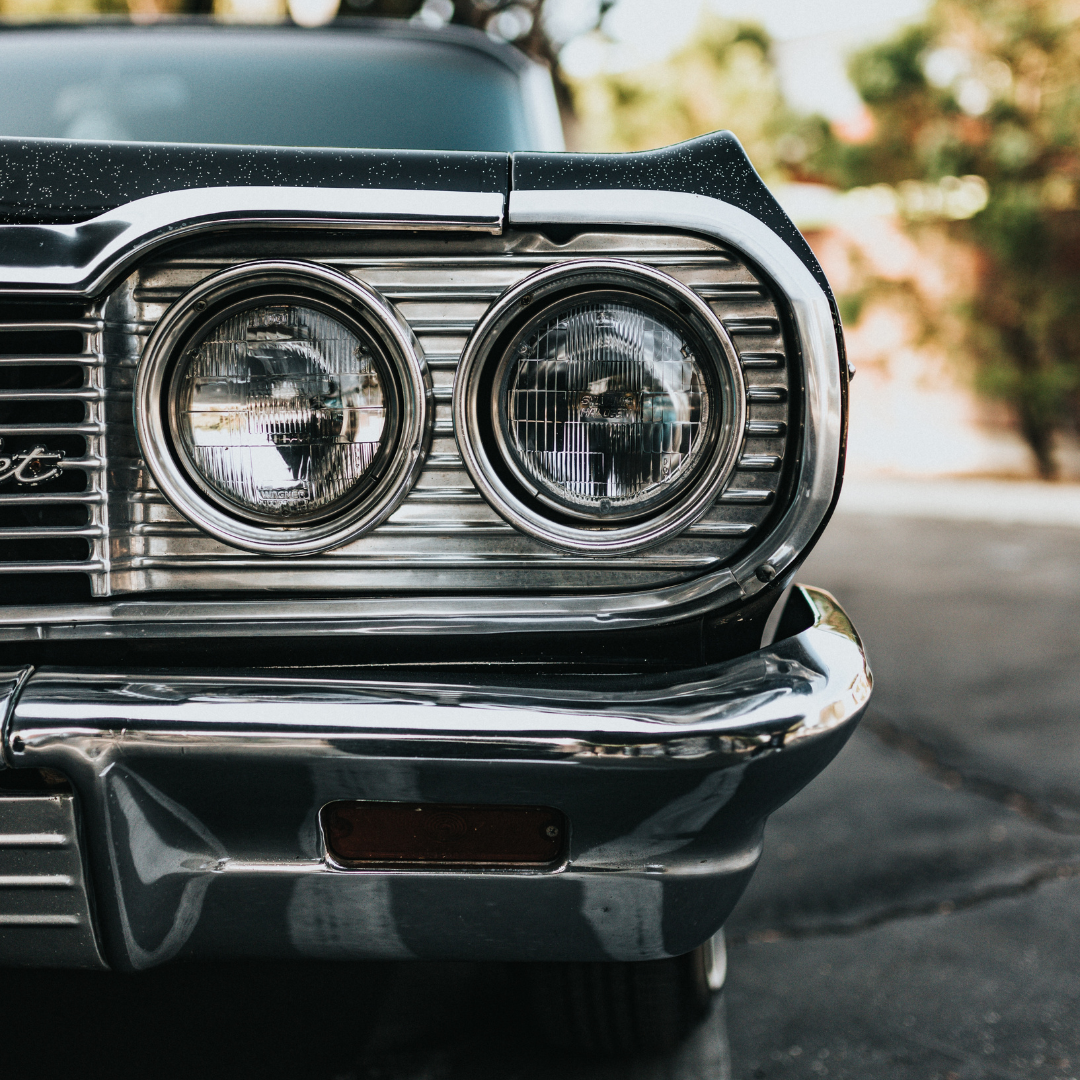This rather sounds like two old retired sedimentary guys sitting on a porch voicing the familiar,” I remember when.” Maybe it is in a way absent the old, the retired, the sedimentary, and the porch.
So, it went this way, driving home one evening my buddy and I were talking about the differences between contemporary cars and what we grew up with. When I shared said conversation with my girlfriend, she added to the reminiscing road trip with her own memories.
Once upon a time vehicles were beltless (and air bags weren’t on the furthest horizon). I would never recommend revisiting a restraint-less world as I truly believe seat beats save lives, but when a young boy I guess we didn’t know what we didn’t know. I remember one trip I shared with my father and as we proceeded down road, I found it difficult to stay in my seat. I bounced and slid and skidded until my father finally pronounced in his, I’m getting irritated voice, “stop it.” For the remainder of our errand run, I maintained a firm grip on door’s arm rest. I later reflected on my difficulty staying stationary and came to conclusion that my father had been driving a bit more briskly—taking curves harder, accelerating more intensely, and decelerating in a less inhibited manner—I was battling what Sir Isaac so clearly described in his famous equations and I was losing. I think dad was preoccupied with a work conundrum and didn’t realize his driving had become more aggressive.
Our yesterday vehicles also sported wing windows. These triangular pieces of glass resided in the front most portion of the driver and front passenger side windows and could be opened and pivoted almost 180 degrees to the inside which directed a healthy stream of air to cabin’s interior. This came in handy on hot summer days as older rides didn’t come equipped with air conditioning.
The shark fin shaped roof adornment familiar on newer breeds is a neatly concealed antenna—almost unnoticeable. The style on earlier models was either a solid thin rod that stood above left or right front fender or in later models were a telescoping design which could be raised or lowered by hand or by electric motor. There was a brief period when antenna wires were imbedded in the center of windshield’s glass.
How about the switch to turn on your “brights” as we would say, meaning illuminate your hi-beam head lights. These days pushing turn signal’s stem forward does the job, whereas, in past times there was a button located under driver’s floor mat and was actuated with one’s foot. It may sound inconvenient to modern drivers, but the design was easy to use, though my perspective may be prejudiced as I was well over six feet when I began driving.
Another standard accoutrement in those by gone days were ash trays and cigarette lighters. Ash trays were often provided for front and rear passengers and had folding chrome lids that would open and close with a distinct squeaky snapping noise. When bored I would flip lid upward and downward until father put an end to this mindless activity with a single command. The lighter was a push-in pop-out device. At its interior base was a spiral of nichrome wire. It was simple, push it down and when the wire was red hot it would pop-out. Curiosity led to a burned fingertip on more than one occasion when trying to ascertain how hot wire was. This gadget was also occasionally used when cigarette of the hand rolled variety was down to a nub. One would heat lighter and drop hand rolled remnant on hot surface resulting in a smokey swirling stream.
Subtle features aimed at hiding fuel port and keyhole were introduced on some models. Though somewhat inconvenient it was novel in approach. To fill tank with petrol, the rear license plate was pivoted downward to give access to gas cap. The springs used to ensure plate would return to its vertical position were robust and tended to interfere with the task at hand. The second key, which was common to most models, was used to open trunk. To improve the aesthetics, a small medallion bearing the marker’s mark covered the keyhole. When time to open truck, this stylized plate was rotated allowing for key’s insertion.
And I mustn’t forget the sound systems. The earliest variety I was familiar with was a standard AM radio—AM standing for amplitude modulated. One odd attribute of this modulation scheme was losing the signal when traveling under bridge or through tunnel. The channels were limited as was the types of music and media offered. Rather than the sleek all-in-one flat panel interfaces in today’s vehicles, AM radios typically had two dials, one a tuner and the other to control volume. When tuning, a needle moved across a tiny window marked with frequencies. Later “deluxe models” included push buttons that could be set for your favorites. Multiple speakers, graphic equalizers, satellite signals, woofers and such were hardly dreamt of.
Of course, there were many other differences, white wall tires, no emissions controls, power windows were rare as were power locks and seats, no heated or cooled seats, none of the advanced safety systems now available, and many more…
If you’ll forgive that I step away from my topic and make a larger analogy…I like the way humankind struggles to improve. These improvements, at times, come with their own burdens, as did fire when it was conjured by one of our enterprising ancestors, but the other choice is to stay put or worse slide backward. Even in our world’s dark days some choose to say this isn’t the way it should be and seek to improve, whether through invention, peaceful protest, or groundbreaking manuscript. As I’ve stated before, I try to view life from a half full perspective, and I pray our difficult times are few and that there will always be a renaissance.






Leave A Comment